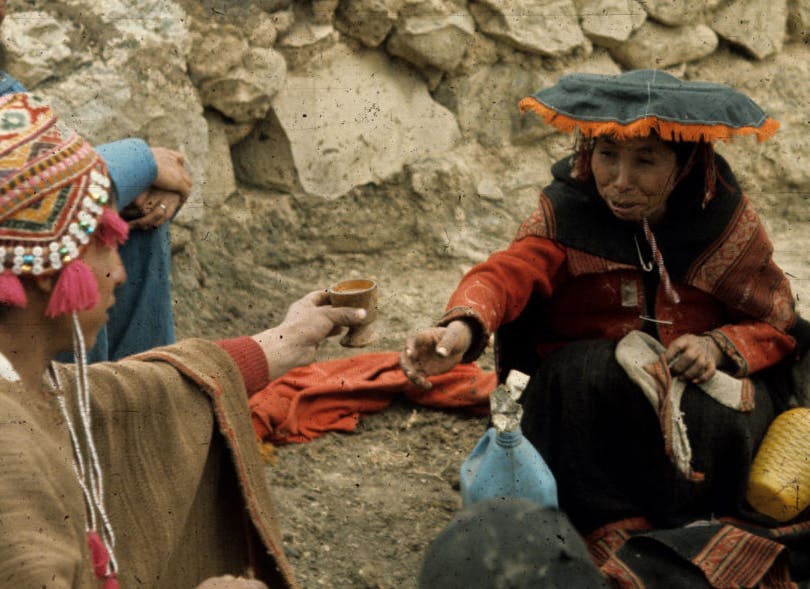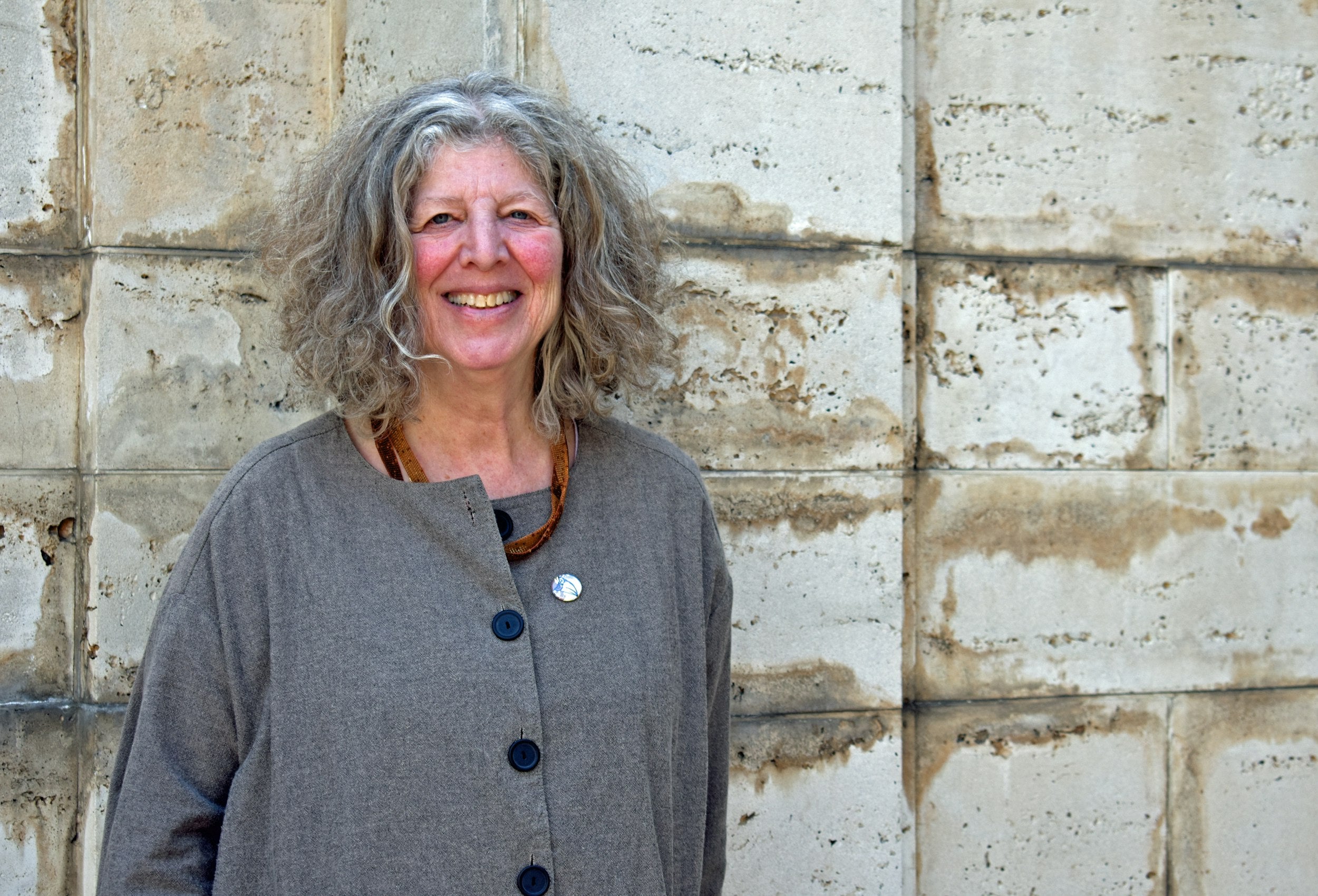Ellen Pearlstein, UCLA professor of information studies and professor and internship coordinator for UCLA/Getty has published her paper, “The Behavior of Pigments in Andean Qeros,” in “Materia Americana. The “Body” of Spanish American Images (16th to mid-19th Centuries),” a two-volume work in Spanish and English published in 2020 by the Universidad Nacional de Tres de Febrero, with support from the Getty Foundation.
“My contribution is a paper on pigments in qeros, which are beer vessels that are highly decorated [from] the post-Hispanic era,” says Professor Pearlstein, who also serves as the internship coordinator for the UCLA/Getty Interdepartmental Program in the Conservation of Ethnographic and Archaeological Materials. “It’s the consequence of a 10-year-long Getty Trust sponsored project on the examination of materials in post-Hispanic art history in the Americas..”
Pearlstein conducted the research on qeros as part of a multi-institutional team that includes representatives from the American Museum of Natural History, the Brooklyn Museum, the National Museum of the American Indian, and the Metropolitan Museum of Art.
“There is a great quantity of these vessels and they’re found in museum collections, certainly all over this country, but also in Spain and in South America,” says Pearlstein. “They don’t often have a provenance. We don’t know anything about them, their original source location, or the date of manufacture. What we know about them tends to come from what’s depicted [on the vessels], and then people make stylistic assessments about when they might date to.”

Two recent articles by Pearlstein and her colleagues, written for the journal Heritage Science, focus on the isotopic composition of the pigments, first, on the occurrence of titanium dioxide, and second on the sources for lead, in white pigments which serve as markers for the possible dates of creation of the vessels. Pearlstein’s article in the Materia Americana volume discusses the behavior of the pigments used to decorate the qeros, particularly the use of cochineal, which is derived from insects of South America and Mexico.
Pearlstein and her colleagues examined 150 qeros from the four museums involved in the study, and realized that a closer look at the pigments used to decorate the vessels and the binding media that held the pigments together, would reveal the dating and other information that they were seeking.
Pearlstein says that until now, there was a dearth of knowledge about the creation of queros, which typically are donated by their collectors to museums.
“All of this is adding to our depth of understanding about where [the qeros] were created, and when they were created,” she says.
“[Qeros] would become family heirlooms, so they would stay within a family in use for centuries. And then sometimes, they would be sold by people who really needed money. They were very appealing to collectors because they are brightly colored and have really interesting motifs and figures, flowers, and animals. They were thenpurchased from or donated by a collector who didn’t keep very good records about where that where they got them, so that is frequently what we see in museums.”
Visit these links to read Professor Pearlstein’s co-written articles on qeros on Heritage Science:
